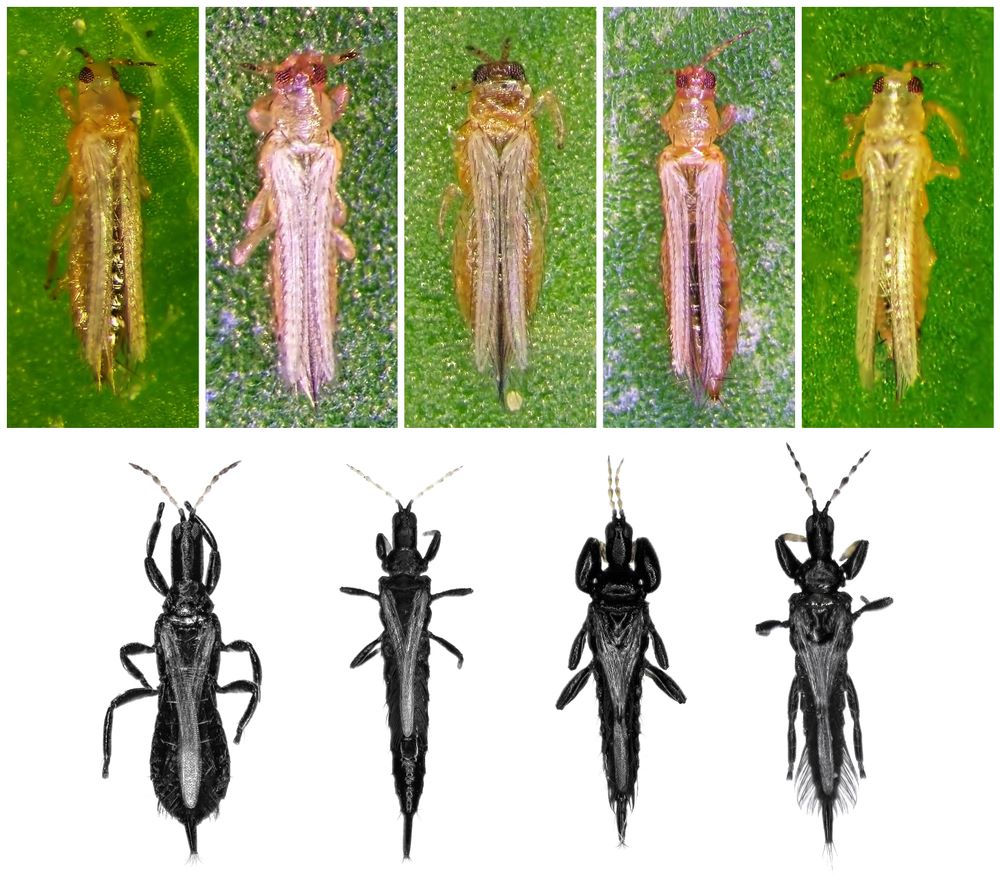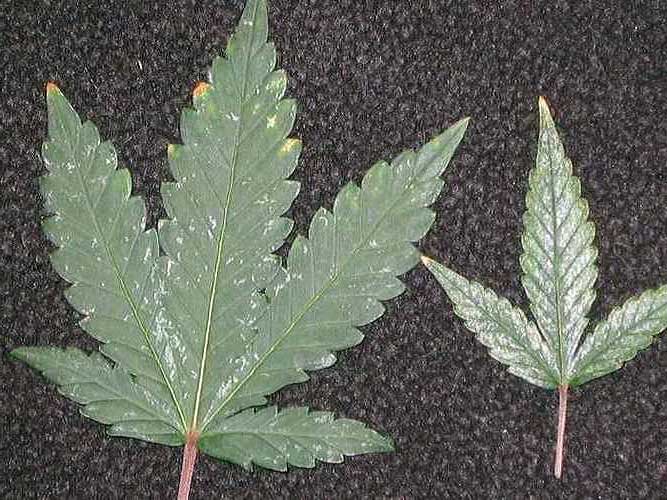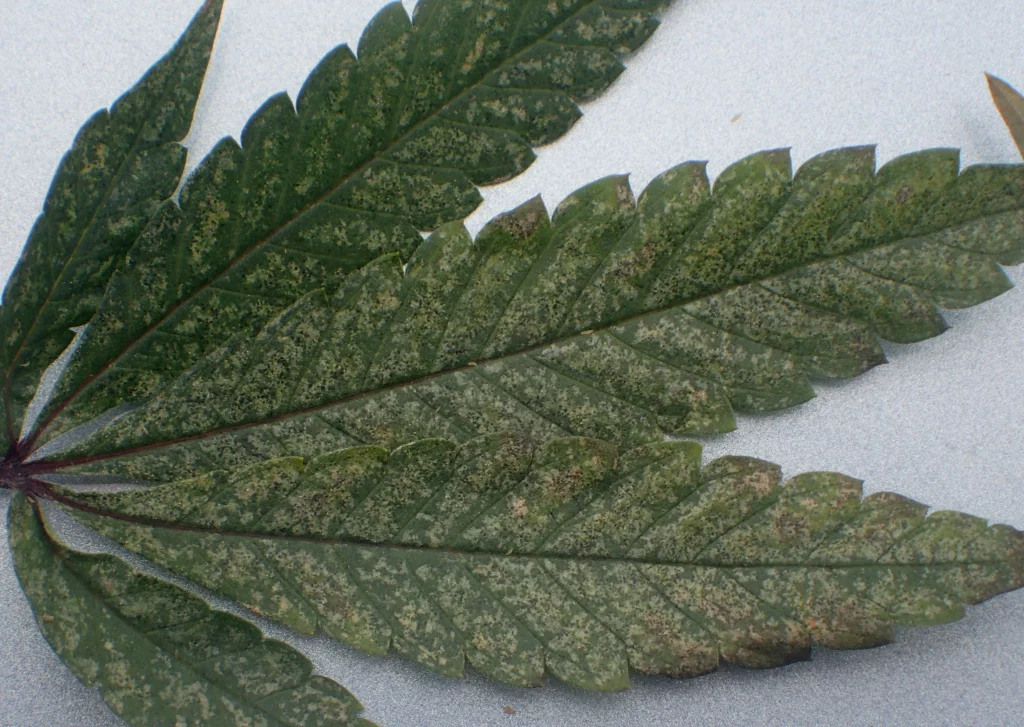English
Characteristics of Thrips
Thrips are tiny slender insects, about 1-3 mm in size.
They have short antennae, tiny slender bodies (long, narrow and flat) and two pairs of narrow wings with long fringes on the ends.
The wings have a visibly fringed edge, hence the name of this insect.
Depending on the species, adult thrips are black or yellow-brown in colour, but may also have red, black or white patterns. When disturbed, they often hop away like fleas. The larvae are similar to the adults but do not have wings and are lighter in color. Eggs are translucent, kidney-shaped and about 0.3 mm in size.
.
Symptoms of cannabis plant infestation by thrips
Thrips damage ganja plants by sucking plant juices from the tissue and acting as carriers of viral diseases.
The infested parts of the cannabis plants are then covered with the typical tiny spots and pits. They lose their green colour and develop various deformities.
How to deal with Thrips on your cannabis plant?
Preventive protection
The presence of a thrip on plants can be easily detected with blue glue plates.
In greenhouses with marijuana, it is recommended to place protective nets on the ventilation openings and at the entrance to prevent thrips from entering the greenhouse. Nets should have meshes smaller than 1mm.
As some of the thrip population may reside on weeds, it is important to remove them also from surrounding plants.
Ventilate greenhouses to maintain optimum, but not high air temperature and humidity.
Represive Control
Paraffin oil-based products can be used in the event of a thrip infestation. Treatments should be carried out immediately after the pests are detected. Chemical protection is often problematic, especially the western thrips quickly develops resistance to the insecticides used. Therefore, alternate products with different active ingredients at intervals of 5-6 days during the cycle.
In greenhouses and indoors, predators can be used against thrips:
- predatory mites Amblyseius cucumeris and Amblyseius degenerans
- predatory flatworms – Orius insidiosus
- or the entomopathogenic fungus Beauveria bassiana which grows naturally in soil all over the world and parasitises various arthropods, causing fungal diseases.
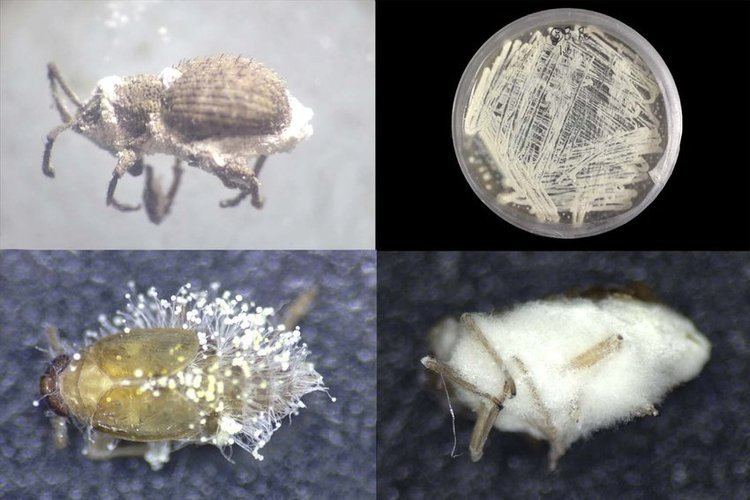
Beauveria bassiana 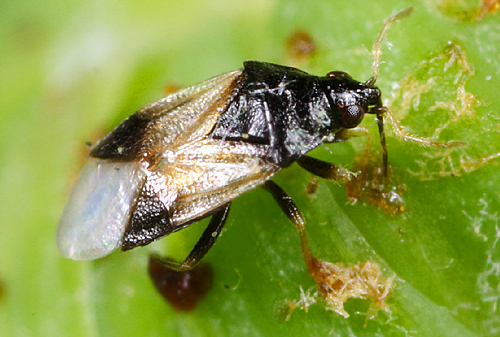
Orius Insidiosus 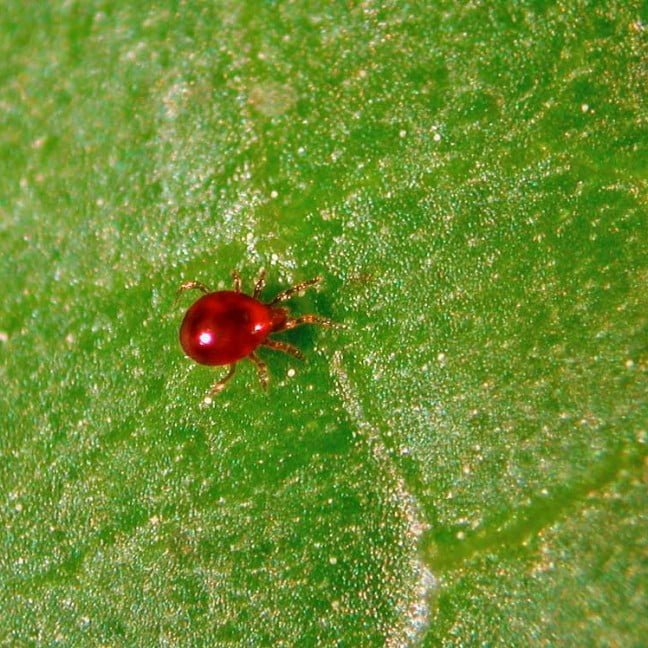
Amblyseius degenerans
Published by Peca Sarm
06/01/2022choose and buy cannabis seeds from our offer
our pleasure

